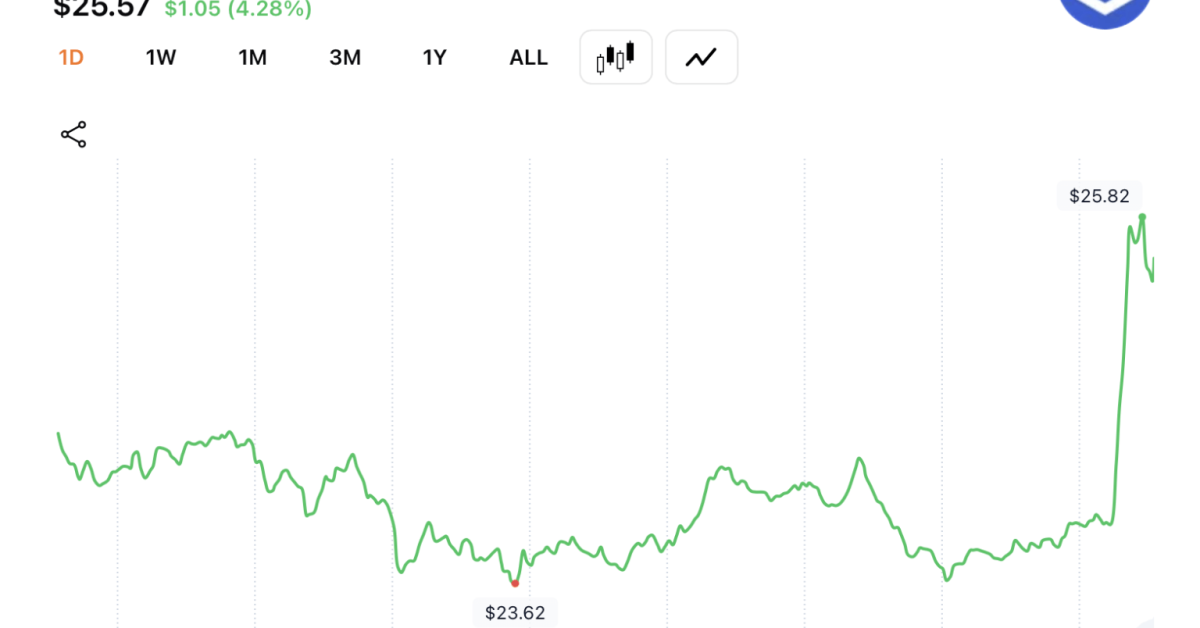Utilizing Technical Analysis in Crypto Trading: A Comprehensive Guide
The cryptocurrency market is known for its volatility, making it a high-risk yet potentially high-reward investment space. For traders looking to navigate this complex environment, technical analysis (TA) offers powerful tools for making informed decisions. This article dives deeply into the various aspects of technical analysis in crypto trading, exploring its foundational principles, effective strategies, and the tools and indicators that can enhance trading performance. If you’re aiming to understand how to leverage TA in your trading endeavors effectively, you’re in the right place.
Understanding Technical Analysis
Technical analysis is the study of past market data, primarily price and volume, to predict future price movements. This approach stems from the belief that market behavior reflects all available information and trends in price movements can be identified through historical patterns.
H2: The Basics of Technical Analysis
- Price Action: At its core, TA uses price action to identify trends. This can be done through charts that illustrate price movements over specific timeframes.
- Volume Analysis: Volume, the amount of trading activity, helps to confirm trends or reversals. A price movement supported by high volume is typically more significant than one with low volume.
- Market Sentiment: Understanding market sentiment—the overall attitude of traders—can guide your decisions. This can be gauged through indicators and market news.
H2: Key Principles of Technical Analysis
H3: Trends
- Uptrend: Higher highs and higher lows indicate a bullish trend.
- Downtrend: Lower highs and lower lows indicate a bearish trend.
- Sideways/Range: Prices moving horizontally indicate market indecision.
H3: Support and Resistance
Powerful concepts in TA, support refers to a price level where a downtrend can pause due to demand, while resistance indicates a price point where supply overwhelms demand, leading to a price reversal.
H3: Chart Patterns
Various patterns form on price charts, suggesting potential future movements:
- Head and Shoulders: Indicates reversal.
- Double Tops and Bottoms: Signifying trend reversals.
- Triangles: Can indicate continuation or reversal of trends.
H2: Essential Tools & Indicators
H3: Types of Charts
- Line Charts: Simple representation of prices, effective for identifying trends.
- Candlestick Charts: Provide more data (open, close, high, low) and can indicate market sentiment.
- Bar Charts: Similar to candlesticks but less popular in crypto.
H3: Popular Technical Indicators
- Moving Averages: Simple and Exponential Moving Averages help smooth price data to identify trends.
- Relative Strength Index (RSI): Measures the speed and change of price movements, indicating overbought or oversold conditions.
- Moving Average Convergence Divergence (MACD): A trend-following momentum indicator showing the relationship between two moving averages.
- Bollinger Bands: Indicates volatility and overbought/oversold conditions through band width.
H2: Developing a Trading Strategy with Technical Analysis
H3: Setting Goals
Before diving into trades, establish clear, attainable goals.
H3: Combining TA with Other Analysis
Integrating fundamental analysis (FA) can enhance your approach by providing context to market movements, especially in an ever-evolving field like cryptocurrency.
H3: Practicing Risk Management
Implement tools like stop-loss orders and take-profit levels to curb potential losses and secure profits.
H3: Backtesting Your Strategy
Always test strategies using historical data to assess their effectiveness without risking real money.
H2: Common Mistakes in Technical Analysis
- Ignoring Fundamentals: Over-relying solely on technical indicators can lead to misses in broader market trends.
- Overtrading: High volatility of crypto often leads traders to jump into trades too quickly, increasing risk without proper analysis.
- Forgetting About Risk Management: Always prioritize risk as part of the trading strategy.
H2: Conclusion
Utilizing technical analysis in crypto trading offers traders valuable insights into market trends and potential price movements. By mastering the various tools and indicators available, traders can navigate the complexities of the crypto market with greater confidence. Remember that no strategy is foolproof, and continuous learning and adaptation are key to maintaining profitability.
As you embark on or continue your trading journey, remember that the landscape of the crypto world is always changing. Be prepared to innovate your methods and stay informed.
For further reading and resources, visit My Website for additional information and expert insights.






